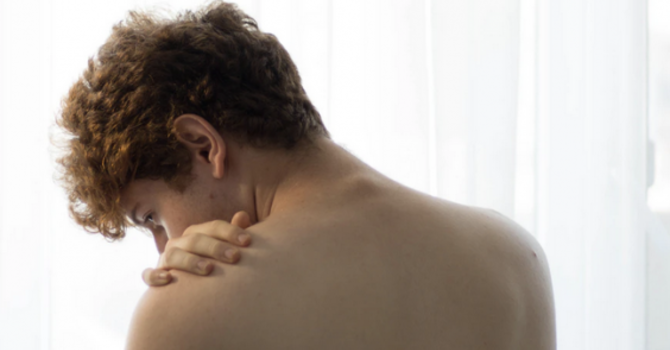
What is plantar fasciitis?
Plantar fasciitis is the most common cause of heel pain. Your plantar fascia is the flat band of tissue that connects your heel bone to your toes. It supports the arch of your foot.
What happens if you strain your plantar fascia?
If you strain your plantar fascia, it can get inflamed, weak, swollen, and irritated. Your heel will hurt when you walk or stand.
Who is at risk for plantar fasciitis?
Plantar fasciitis is most common in middle-aged people, but anyone who is on their feet a lot is also at risk, such as athletes. People can get it in one or both feet.
What causes plantar fasciitis?
Plantar fasciitis is caused by straining the ligament that supports your arch. Tiny tears in your ligament can result from repeated strains, which can lead to pain and swelling.
What are the symptoms of plantar fasciitis?
- Pain when you take your first steps in the morning
- Pain when taking your first steps after sitting for a long time
- Pain when climbing stairs
- Pain after standing for a long time
You are at more risk for getting plantar fasciitis if:
- You are overweight
- You wear shoes that don’t fit properly
- You wear shoes that are worn out
- You have flat feet or high arches
- Your feet roll inward too much when you walk
- You walk, run, or stand for long periods of time
- You have tight calf muscles or Achilles tendons
How does your physiotherapist or doctor diagnose plantar fasciitis?
They will check your feet, observe how you stand, and watch how you walk. They will also ask you what your symptoms are and when you have pain and where.
How is plantar fasciitis treated?
Your physiotherapist will put together a series of exercises for you to do (including calf, toe, and towel stretches). The point of these exercises will be to stretch your plantar fascia and Achilles tendon, as well as strengthen your lower leg muscles. This will stabilize your ankle and heel. Your physio may also recommend that you apply athletic tape to the bottom of your feet for support.
People react to treatments differently, but these are some of the other things that you can do to feel better:
- Rest your feet
- Apply ice for 15 to 20 minutes a few times a day
- Take a break from your regular activities
- Try to avoid hard surfaces as much as possible
- Put ice on your heel to reduce pain and swelling
- Take pain relievers like naproxen or ibuprofen
- Avoid high heels and don’t walk barefoot
- Buy shoes that have really good arch support, shock absorbency, and a cushioned sole
- Try orthotics or heel cups in your shoe(s)
- Your doctor may recommend that you wear shin splints at night or get steroid shots in your heel(s)
Will I Need Surgery?
Chances that you will need surgery are slim. It is not likely that your doctor would even suggest surgery, unless you have been unsuccessful with other treatments for a period of six to twelve months. Keep in mind that it can take up to a year for pain to completely go away, so you have to be patient.
Your doctor might refer you for an X-ray or an MRI to ensure that your pain isn’t being caused by something else, such as a pinched nerve or a fracture.
It is very important to start treatment as soon as possible, to prevent it from getting worse.
If you are located in Vancouver, we would love to treat you at Dunbar Physio. Call us at 604-266-3303 or request an appointment online now!



